Anorectal disorders are a group of medical disorders that occur at the junction of the anal canal and rectum. These disorders are very common in the UAE population due to the local climatic changes and lifestyle choices. Almost 50% of all people experience this problem at least once in their lives by the age of 50. 75% of these disorders will worsen and progress if not treated at the right time.
The 4 most common problems encountered by people are hemorrhoids,anal fistula,anal fissure and pilonidal sinus.Almost 50% or more of patients seen by a Surgeon in his daily practice constitute these problems.Most of these disorders occur due to wrong diet ( lack of fibre and fluids), wrong lifestyle( less physical activity),constipation,laxative misuse, weak connective tissues and other causes. Of these, hemorrhoids are the most common and constitute around 60 to 65% of cases.
People who suffer from these problems present with bleeding while passing stools,painful stools,discharge,itching,swelling and at times fever.
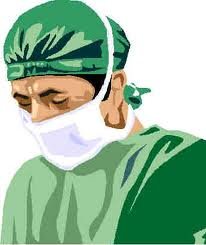 It is important for these people to see a Surgeon at the earliest to enable an accurate diagnosis and initiate early treatment to prevent further complications. Over the counter medications and creams are of limited use as almost all of these conditions present with more or less the same complaints, however the treatment is completely different for each one of them.
It is important for these people to see a Surgeon at the earliest to enable an accurate diagnosis and initiate early treatment to prevent further complications. Over the counter medications and creams are of limited use as almost all of these conditions present with more or less the same complaints, however the treatment is completely different for each one of them.
A proper history,physical examination by a Surgeon and relevant lab and other radiological tests may be required for a proper diagnosis and treatment of these conditions.
Till now, only traditional methods of surgery were available to treat these conditions causing a lot of pain, bleeding,large wounds and prolonged healing times for the patient. This prevented a lot of patients from seeking medical advice and undergoing treatment at the right stage.
However, with new developments in the field of surgery and rapid advances in technology, new minimally invasive modalities are now available for treating these conditions. Of these, Lasers offer the most effective, safe and reliable method for treatment.Lasers have a tremendous benefit over an open operation in that they are painless, almost bloodless, have a short operative time of 15 to 20 minutes, cause no anal narrowing or loss of stool control,have no muscle or skin damage, no need for insertion of stitches or other foreign bodies and subsequently have much faster healing time. Patients can return to their normal work and activities in 4 to 5 days time.
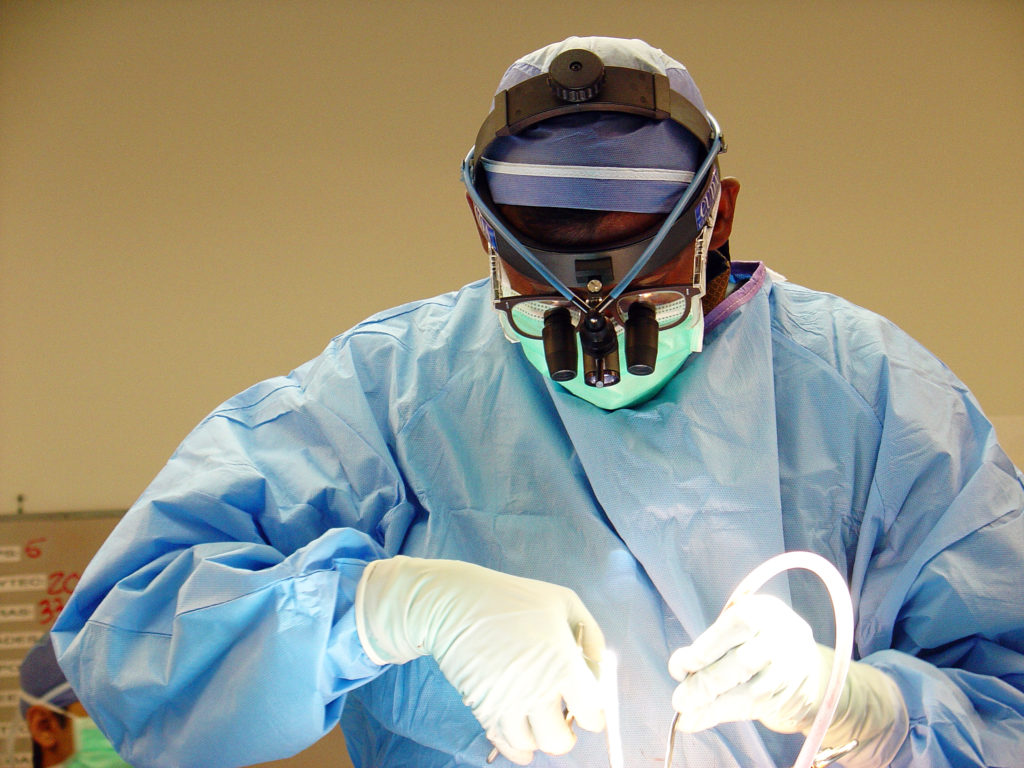 These however, need to be performed by experienced Surgeons who have undergone extensive training in this specialty and have the know how and technical expertise.
These however, need to be performed by experienced Surgeons who have undergone extensive training in this specialty and have the know how and technical expertise.
Patients who suffer from these disorders should take full advantage of this new option available to them with the host of benefits it offers. So, my advice to those with these problems is “ Act now ,don’t suffer in silence!”
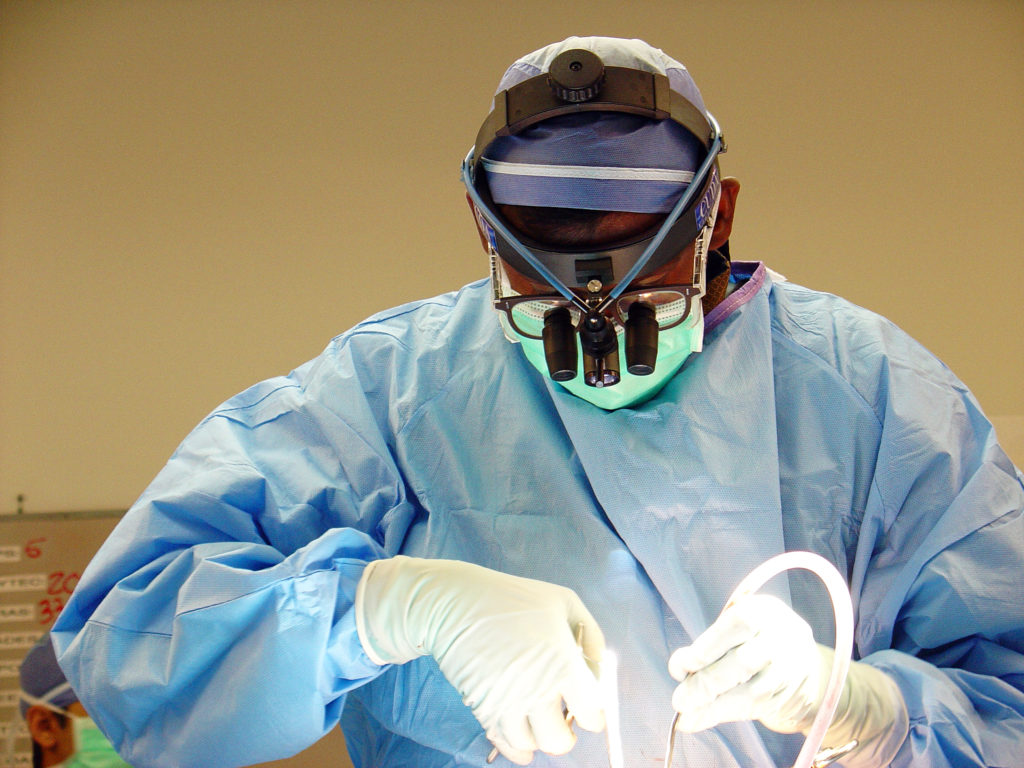
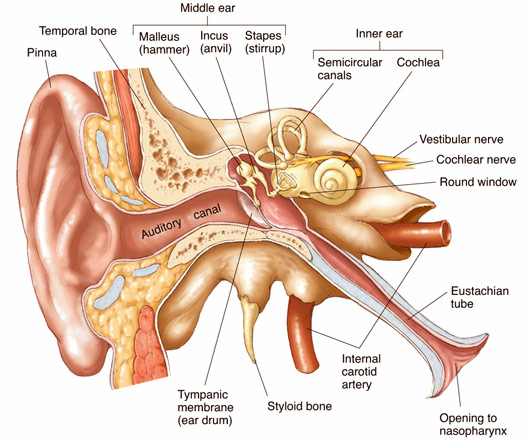
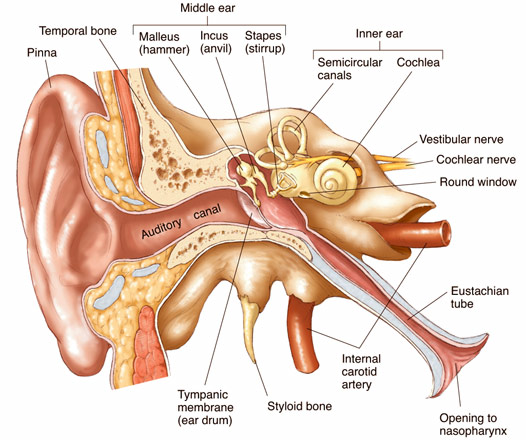
 Sinus infections occur when germs enter one of the hollow cavities in the skull surrounding the eyes and nose. A sinus infection may feel like a very bad cold that doesn’t go away after the usual 2 to 3 weeks.
Sinus infections occur when germs enter one of the hollow cavities in the skull surrounding the eyes and nose. A sinus infection may feel like a very bad cold that doesn’t go away after the usual 2 to 3 weeks.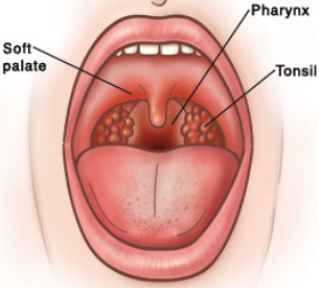 There are many causes of sore throat, including infections, acid reflux, sleep apnea or more severe and rare disorders, such as cancer. A very common cause of sore throat is a bacterial or viral infection, so practicing good hygiene, such as frequent hand washing, is a good way to prevent sore throat. Here are some other suggestions:
There are many causes of sore throat, including infections, acid reflux, sleep apnea or more severe and rare disorders, such as cancer. A very common cause of sore throat is a bacterial or viral infection, so practicing good hygiene, such as frequent hand washing, is a good way to prevent sore throat. Here are some other suggestions: Sleep apnea is a condition where a person stops breathing for brief periods of time while asleep. It is very common in the United Arab Emirates and can be harmful if left untreated. Fortunately, there are many treatments available, and sleep apnea can often be cured. Here are some good ideas to prevent or keep sleep apnea at bay.
Sleep apnea is a condition where a person stops breathing for brief periods of time while asleep. It is very common in the United Arab Emirates and can be harmful if left untreated. Fortunately, there are many treatments available, and sleep apnea can often be cured. Here are some good ideas to prevent or keep sleep apnea at bay.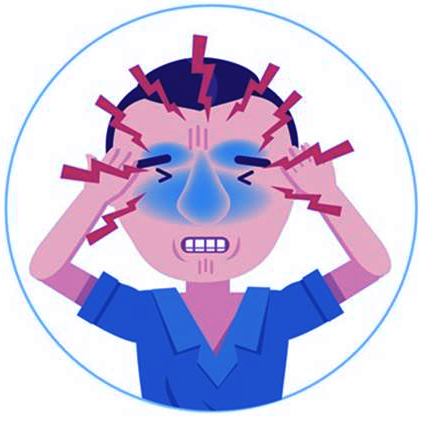 Approximately 20% of the UAE population suffers from Chronic Sinusitis. Symptoms range from stuffy nose, nasal blockage, headache, facial pain, postnasal discharge, cough and bad breath. These are all symptoms of chronic sinusitis. The weather in UAE plays a significant role in the development of these symptoms. Fine sand in the air, humidity, allergies, sudden temperature changes too trigger it. Deviation of the nasal septum and nasal polyps too can lead to chronic sinusitis.
Approximately 20% of the UAE population suffers from Chronic Sinusitis. Symptoms range from stuffy nose, nasal blockage, headache, facial pain, postnasal discharge, cough and bad breath. These are all symptoms of chronic sinusitis. The weather in UAE plays a significant role in the development of these symptoms. Fine sand in the air, humidity, allergies, sudden temperature changes too trigger it. Deviation of the nasal septum and nasal polyps too can lead to chronic sinusitis.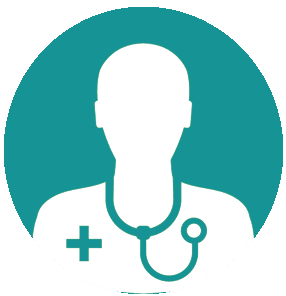 Visual inspection, nasal endoscopy and CT scan, paranasal sinuses can help screen for chronic sinusitis. A CT scan can accurately diagnose chronic sinusitis. Once diagnosed, it is treated with nasal decongestants, steroid nasal sprays, antihistamines, antibiotics etc.
Visual inspection, nasal endoscopy and CT scan, paranasal sinuses can help screen for chronic sinusitis. A CT scan can accurately diagnose chronic sinusitis. Once diagnosed, it is treated with nasal decongestants, steroid nasal sprays, antihistamines, antibiotics etc. Pain may be classified into different types based on the origin, duration, periodicity and nature of pain. Accordingly, Pain management can broadly be classified as acute and chronic pain management. While acute pain deals with perioperative pain, pain in labour, trauma, burns etc., and the latter includes a diverse group of patients in the outpatient setting. The management of acute pain is primarily therapeutic. Chronic pain management requires various pharmacological and non pharmacological approaches to tackle the multidimensional components of pain. At International Modern Hospital we take a holistic approach so as to not only treat the underlying cause but also provide psychological support and rehabilitation to ailing patient.
Pain may be classified into different types based on the origin, duration, periodicity and nature of pain. Accordingly, Pain management can broadly be classified as acute and chronic pain management. While acute pain deals with perioperative pain, pain in labour, trauma, burns etc., and the latter includes a diverse group of patients in the outpatient setting. The management of acute pain is primarily therapeutic. Chronic pain management requires various pharmacological and non pharmacological approaches to tackle the multidimensional components of pain. At International Modern Hospital we take a holistic approach so as to not only treat the underlying cause but also provide psychological support and rehabilitation to ailing patient.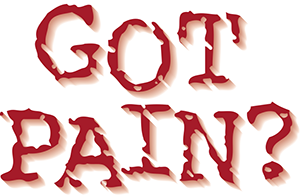 Pain management largely comprises of pharmacological and non-pharmacological modalities, commonly being medication, counselling, relaxation techniques, electrical stimulation and local anaesthetics. Few Prescribed medications include anti-depressants and systemic local anaesthetics.
Pain management largely comprises of pharmacological and non-pharmacological modalities, commonly being medication, counselling, relaxation techniques, electrical stimulation and local anaesthetics. Few Prescribed medications include anti-depressants and systemic local anaesthetics.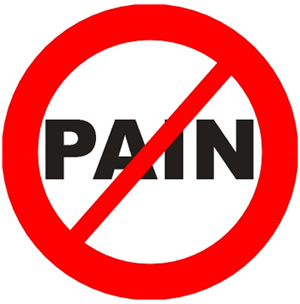 At International Modern Hospital we undertake Interventional modalities which include diagnostic and therapeutic nerve blocks, facet blocks, epidural steroids, intra articular injections, trigger point injections for myofacial syndromesetc. Therapeutic adjuvants include Psychiatric counselling, physiotherapy and electrical stimulation. Unrelieved and inadequate relief of pain is continuing to be a global health problem and serious efforts have to be taken to provide pain treatment as it is definitely a basic human right.
At International Modern Hospital we undertake Interventional modalities which include diagnostic and therapeutic nerve blocks, facet blocks, epidural steroids, intra articular injections, trigger point injections for myofacial syndromesetc. Therapeutic adjuvants include Psychiatric counselling, physiotherapy and electrical stimulation. Unrelieved and inadequate relief of pain is continuing to be a global health problem and serious efforts have to be taken to provide pain treatment as it is definitely a basic human right.

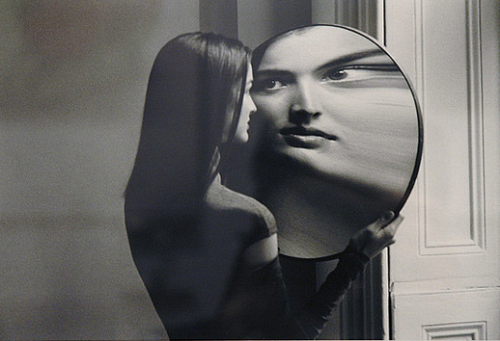 They can’t control their negative thoughts and don’t believe people who tell them that they look fine. Their thoughts may cause severe emotional distress and interfere with their daily functioning. They may miss work or school, avoid social situations and isolate themselves, even from family and friends, because they fear others will notice their flaws.
They can’t control their negative thoughts and don’t believe people who tell them that they look fine. Their thoughts may cause severe emotional distress and interfere with their daily functioning. They may miss work or school, avoid social situations and isolate themselves, even from family and friends, because they fear others will notice their flaws.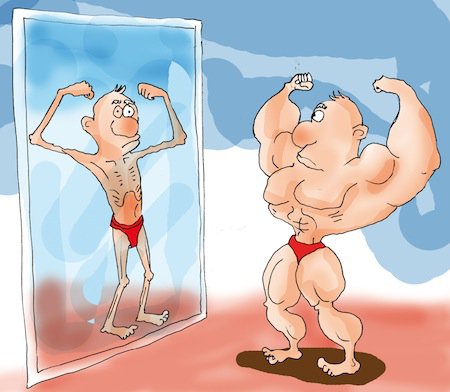

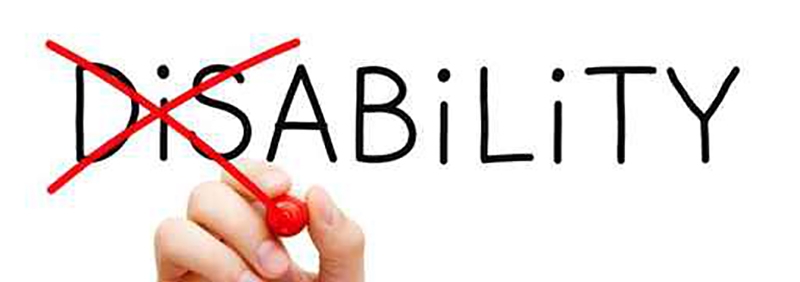

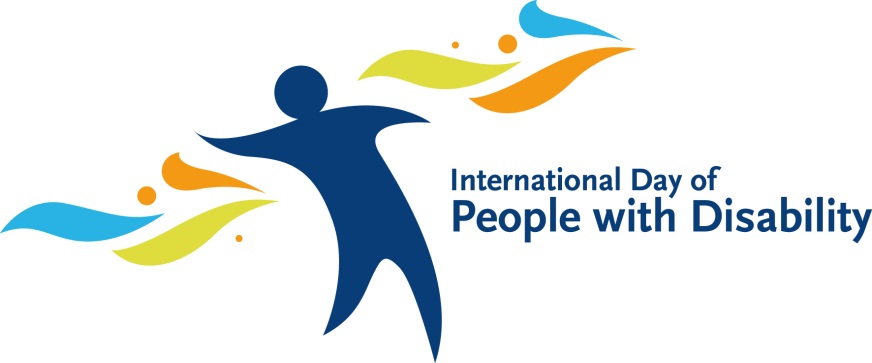
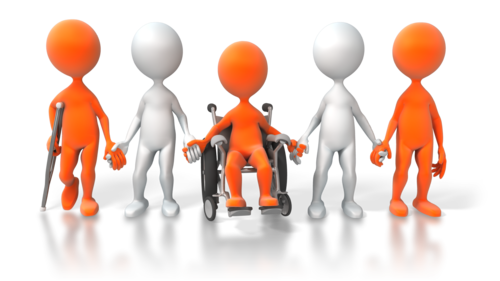 The Convention on the Rights of Persons with Disabilities (CRPD) recognises that the existence of barriers constitutes a central component of disability.
The Convention on the Rights of Persons with Disabilities (CRPD) recognises that the existence of barriers constitutes a central component of disability.